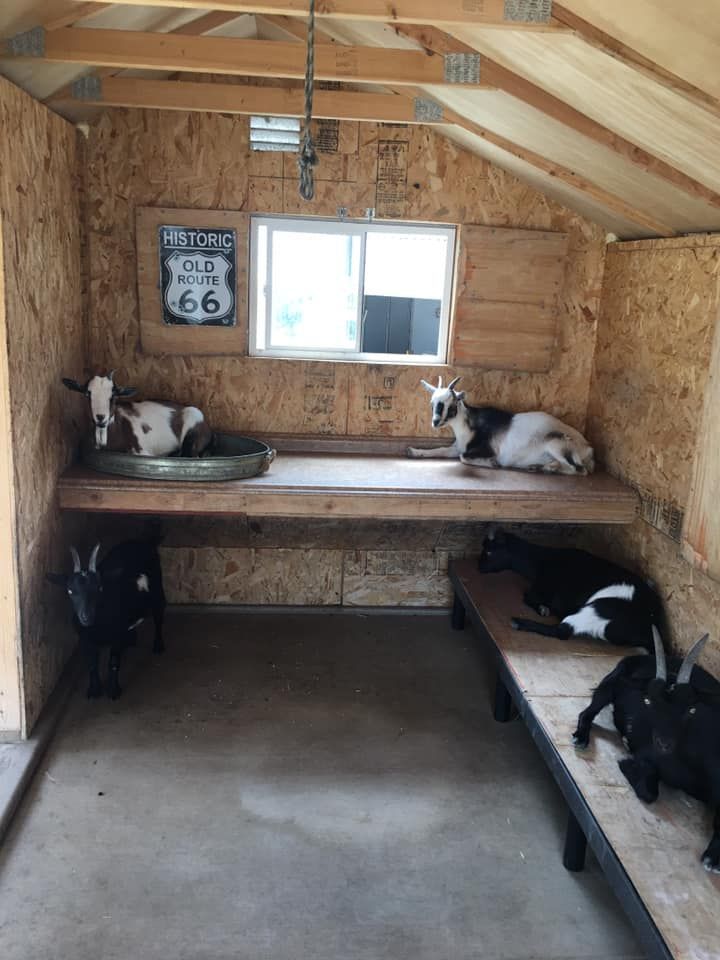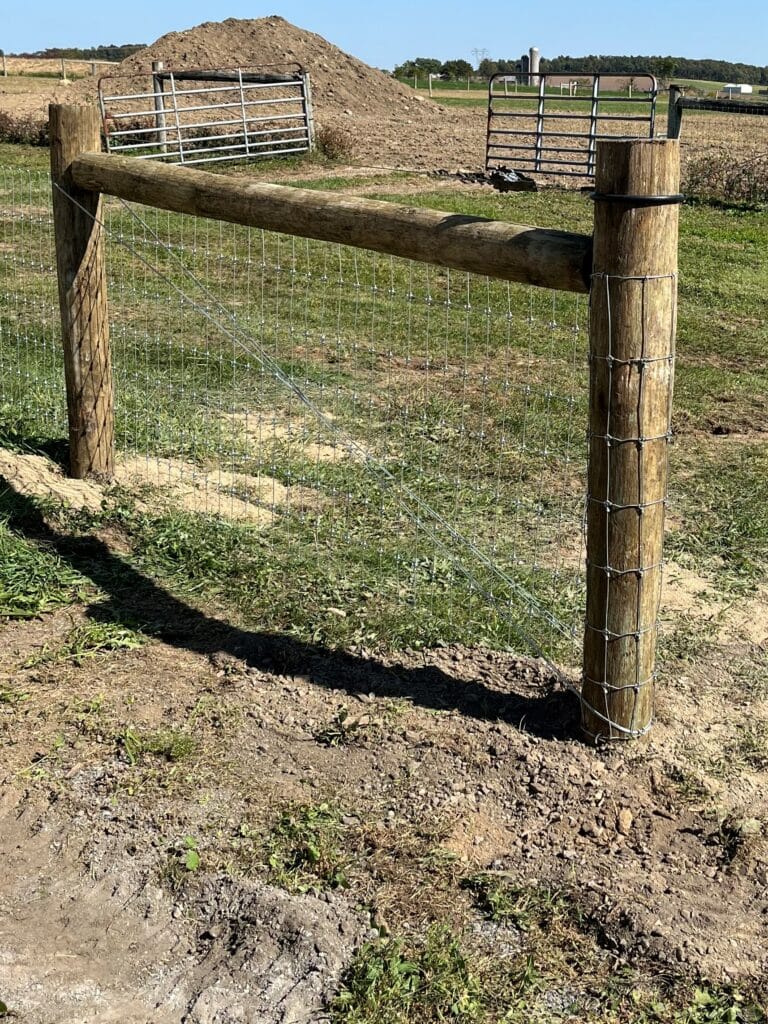Shelter & Fencing
A secure fence and a dry, safe shelter are the two most important investments for your herd's well-being and your peace of mind.
The Ideal Goat Shelter
Goats hate being wet and need a place to escape wind, rain, snow, and summer sun. A simple three-sided structure is often sufficient.
- Keep it Dry: The shelter must have a waterproof roof and good drainage to prevent mud. Position the opening away from prevailing winds.
- Good Ventilation: Ample airflow is crucial to prevent ammonia buildup and respiratory issues, but it must be draft-free at goat level. Vents near the roofline are ideal.
- Deep Bedding: In winter, use the "deep litter" method with straw or pine shavings. Add fresh bedding on top and clean out the whole shelter in the spring. This creates a natural heat-composting pack.
- Space: Plan for at least 15-20 square feet of indoor space per full-sized goat.

Goat-Proof Fencing
The saying is true: if it can't hold water, it can't hold a goat. Goats are intelligent and persistent escape artists.

Key Features:
- Height: 48 inches is the absolute minimum. 60 inches (5 feet) is better, especially for more athletic breeds like Nigerians.
- Material: 2"x4" or 4"x4" woven wire "no-climb" fencing is the gold standard. It prevents goats from getting their heads stuck and is strong enough to deter most predators.
- Posts: Use solid wood or T-posts spaced no more than 8-10 feet apart. Corner and gate posts must be securely braced.
Securing Your Gates
Gates are the weakest point in your fencing. Goats will learn to operate simple latches.
- Use latches that require lifting and sliding to open.
- For extra security, add a carabiner clip or a chain with a snap hook to every gate latch.
- Ensure gates swing freely and don't sag, which can create gaps for goats to squeeze through.
Rotational Grazing & Temporary Fencing
For those with a small herd (four or fewer goats), a permanent perimeter fence may be more than you need. A movable, temporary enclosure using livestock panels is a fantastic and flexible option.
- The Setup: Simply connect four 16-foot livestock panels to form a square pen. This gives your goats a generous area to browse while keeping them secure.
- Benefits of Rotation: Moving the panels every few days to a fresh patch of ground is a powerful strategy for parasite control. Goats are constantly moving away from their own manure, which dramatically reduces their exposure to worm larvae.
- Pasture Health: This method also improves pasture health by preventing overgrazing and allowing areas to recover and regrow.
Tip: Even with temporary fencing, goats must always have access to their main three-sided shelter for protection from the elements.